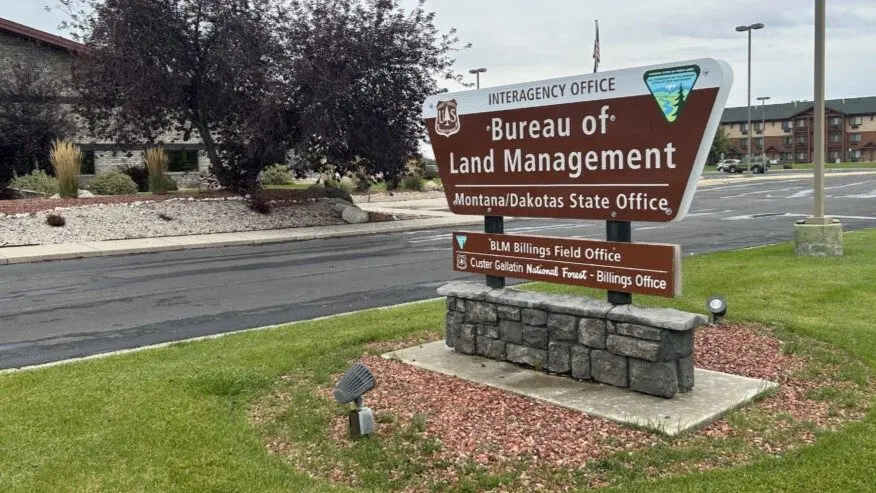(Portland, OR) –A coalition of regional leaders calls on the federal government to withdraw its decision to initiate new environmental reviews of the Columbia and Snake River dams. The coalition contends that a new National Environmental Policy Act (NEPA) analysis would be both premature and unlawful, warning that it would be incomplete and could mislead the public about these dams’ vital role in supporting the region’s economy and environment.
Given the sharp rise in energy costs and the notable improved recovery of salmon and steelhead returns, the coalition urges the federal government to withdraw its intent to pursue new environmental analyses on the operations of federal dams on the Columbia and Snake Rivers. This diverse group, representing millions of electric customers, businesses, farmers, and river commerce leaders, is concerned that additional reviews are unnecessary at this time.
The coalition argues that any supplemental NEPA analysis would be fundamentally flawed and misleading. There are significant concerns regarding the Co-Lead Agencies’ proposal to base the analysis on interim reports from the 12/14 Agreement studies and unscientific policy documents, which lack conclusive findings. Relying on these incomplete studies undermines the integrity of the NEPA process and risks rendering the Final NEPA document unlawful, as NEPA is designed to promote informed decision-making. According to the coalition, proceeding with a NEPA analysis based on such interim reports does not fulfill this essential objective.
The proposed environmental review could lead to breaching federal hydropower facilities that serve as the largest source of affordable, reliable, clean energy for millions of people in the region while also providing world-class, clean river transportation for the regions and nation’s economies.
The coalition responded to the Biden Administration’s decision to move forward with a “Notice of Intent” to redo an Environmental Impact Statement (EIS) completed in 2020. That study–just four years old–cost regional electric customers more than $55 million and considered more than 400,000 comments before concluding that our hydropower dams need to stay in place.
The 2020 study concluded that federal hydropower dams and locks are essential to maintaining affordable electric rates, reliable energy service to homes and businesses, and lower carbon emissions. Hydropower is the largest source of affordable, renewable, dispatchable generation in the Pacific Northwest.
Since that time, energy load forecasts have exploded. According to a 2024 report from the Pacific Northwest Utilities Conference Committee, “Demand for electricity is projected to increase from about 23,700 average megawatts (aMW) in 2024 to about 31,100 aMW in 2033 (an increase of 7,400 aMW), which is an increase in demand of over 30% in the next 10 years.”
The federal government’s decision comes as electricity cost increases in the Pacific Northwest far outpace the national growth rate. According to the U.S. Energy Information Administration, retail electric rates across Oregon, Washington, Idaho, and Montana increased between 5.9-11.4% between 2022 and 2023— doubling (or far more) the 2.6% average rate of increase across the U.S. during the same period. The decision to proceed with additional environmental studies ignores publicly available data showing significant, sustained increases in fish returns.
Average salmon and steelhead returns have more than tripled at Bonneville Dam on the Columbia River and more than quadrupled at Lower Granite Dam on the Snake River during the last 15 years when compared to the first adult fish counts at those facilities, according to data sourced from the University of Washington College of the Environment’s Data Access in Real Time (DART) website.
Further, a peer-reviewed study commissioned by the National Oceanic and Atmospheric Administration in 2021, “Climate change threatens Chinook Salmon through their lifecycle,” provided the following conclusions:
- “Survival through Columbia and Snake River dams generally now meets recovery targets (>96%), and cumulative mortality over 500 km of in-river migrating fish (~50%) is similar to that estimated for unregulated rivers of similar length (i.e., Fraser River).”
- “Our analysis showed relative resilience in freshwater stages, with the dominant driver toward extinction being rising SST (sea surface temperature), which tracked a ~90% decline in survival in the marine life stage.”
- “Our results indicate that as one symptom of a changing ocean, rising SST (sea surface temperature) puts all of our study populations at high risk of extinction, despite actions within the hydrosystem to speed juvenile travel and increase in-river survival.”
This diverse group of power, navigation, and agricultural users in the Northwest has a strong demonstrated history, and a continued commitment, to engaging when appropriate in proper reviews of programs and policies impacting the Columbia River Basin, its citizens, economies, and the environment. To that end, this coalition will continue to carefully monitor developments on this proposed environmental review and potential impacts to the Northwest.
###
The Columbia Basin Regional Alliance for Transparent (RAFT) is a coalition formed by the Public Power Council, the Pacific Northwest Waterways Association, Northwest RiverPartners, Northwest Requirements Utilities, and other concerned stakeholders in the Pacific Northwest who are dedicated to safeguarding the value of hydropower and preserving the vitality of river commerce activities in and along the Columbia and Snake rivers.





